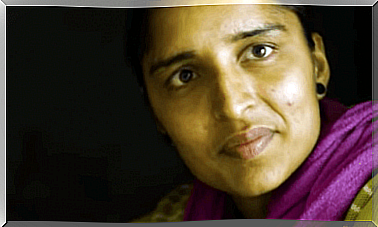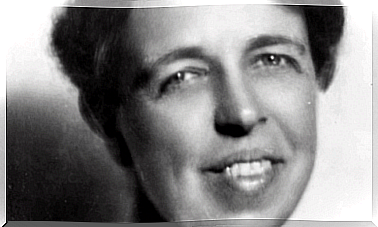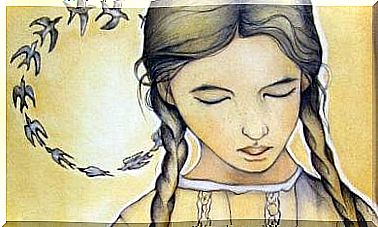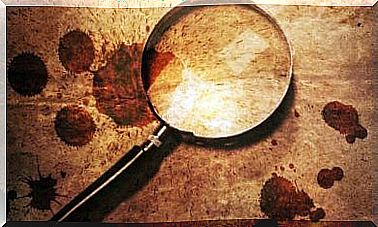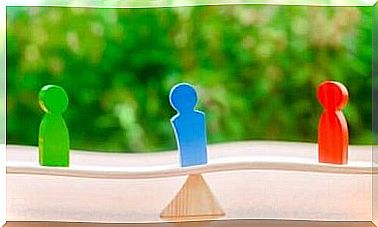Spiral Curriculum – What Exactly Is It?

The spiral curriculum is about teaching a methodology proposed by the Singapore Math method. Its purpose is to help students gradually deepen their knowledge. How exactly can this be achieved?
The Singapore Math Method is a methodology designed by the INE of Singapore that is intended for students to learn Mathematics without the need to memorize anything. It focuses on the why and the how, with the idea that answers help improve the understanding of knowledge and, consequently, facilitate the memorization process.
This method has a lot to do with the spiral curriculum discovered by Jerome Bruner, a psychologist who made significant contributions to the field of teaching and learning. Including this methodological proposal that you are about to discover.
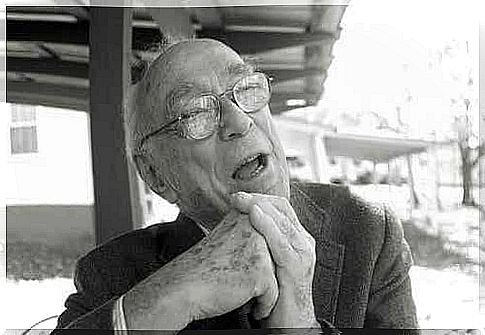
Spiral curriculum
The spiral curriculum deals with learning in a way that allows students to move from general knowledge to specialized knowledge. The way this is achieved is through continuous learning, as this prevents concepts from being easily forgotten.
To achieve this, the spiral curriculum starts with very simple concepts that will become complicated as students progress in their learning process. They can do this because the curriculum adapts to the possibilities the students have. This allows everyone to make progress and better understand the concepts of a topic.
What is essential for the functioning of this curriculum, however, is that the students keep returning to the same general themes, to the great principle. What are they supposed to achieve with this? Well, when they return to the deeper part of the subject, they will be able to make different analyzes and representations of what they analyzed before.
With this curriculum, Bruner wanted students to nurture their curiosity. To find inspiration to expand their knowledge, by returning with a different view to what they already know. This allowed them to reason and revise the conclusions they had previously drawn.
Errors and dead ends
Jerome Bruner wasn’t worried about mistakes. In fact, he considered them a good way for students to learn. Therefore, both errors and dead spots are welcome in the spiral curriculum.
It doesn’t matter what it takes to learn a concept. For Bruner, the importance and satisfaction of stimulating each student’s hypothesis are most important.
Recognizing that making mistakes doesn’t have to be embarrassing, but rather a way to refocus and explore the hypotheses further, is an important way of learning that actually promotes the spiral curriculum. It is undoubtedly another way of teaching students. Nevertheless, it produces very positive results.

Example of the spiral curriculum
Now that you know more about the spiral curriculum, here’s a quick example of how learning works with it. You start with a very simple objective for young children, such as recognizing and classifying animals.
The first point is to classify the animals and analyze the similarities and differences in each of them. Later, students will familiarize themselves with the habitat of each animal and their individual behavior. Finally, they will study their anatomy and physiology.
This is very easy. As the life areas progress, the concepts already learned are addressed so that students can relate what they knew before with what they have just learned. That way they can really understand what they are studying. They also feel more curious to learn more about it.
In short, the spiral curriculum makes it possible to work in a way where a student:
- can think for themselves
- can draw conclusions
- can fix mistakes
It is a way that promotes inquiry and understanding, and puts aside the temptation to memorize concepts without understanding them. However, this is just to pass an exam. So, do you think it would be possible to introduce this curriculum into the current education model?




